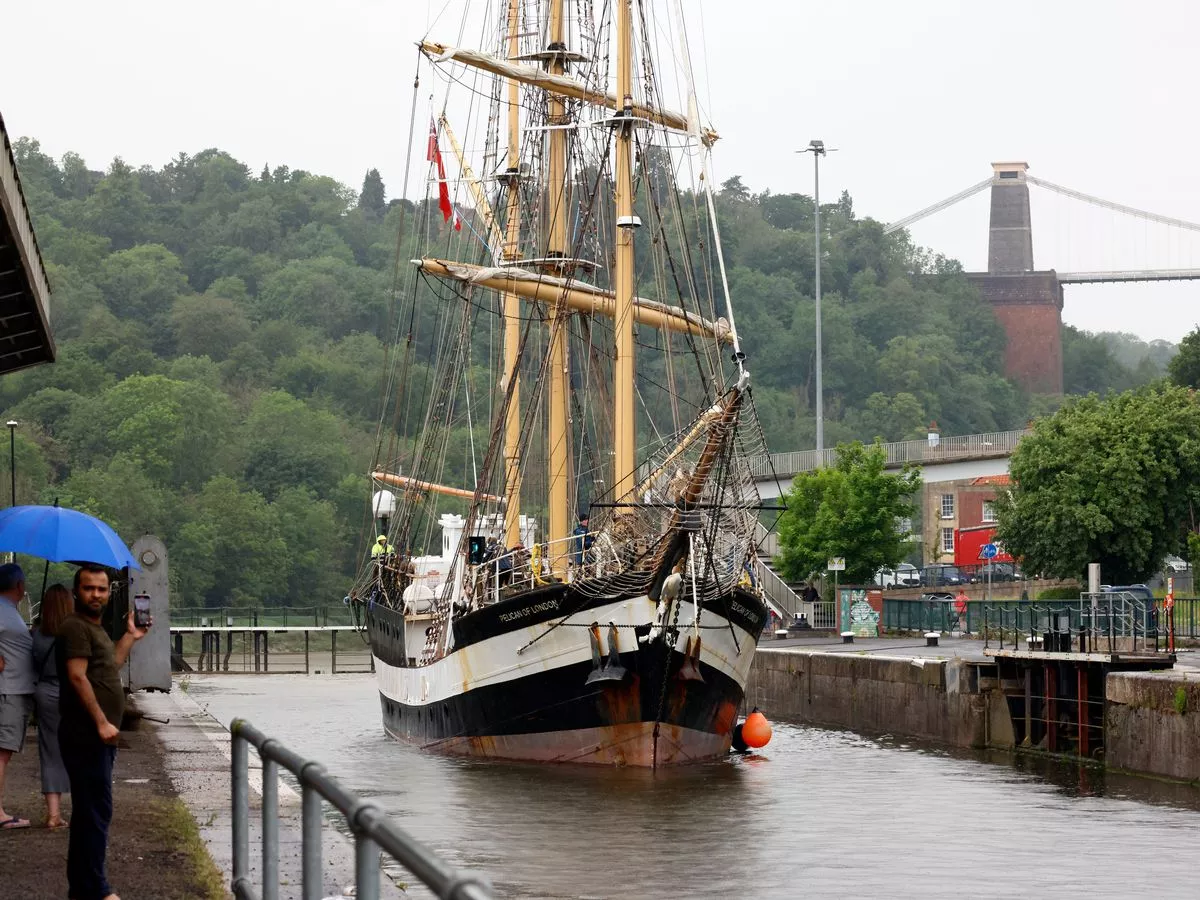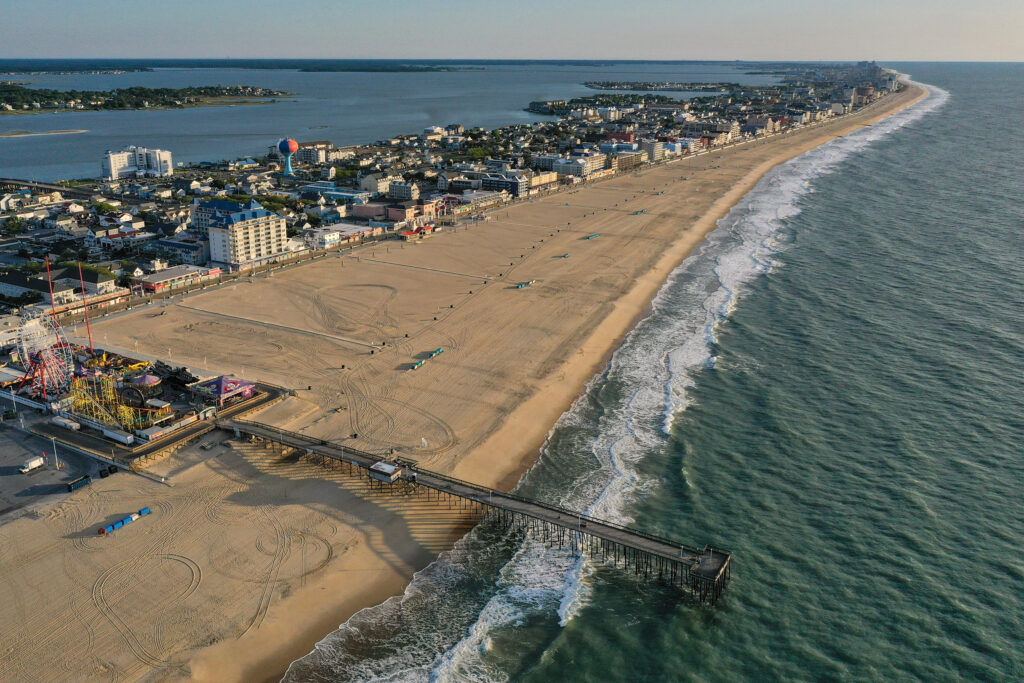Surprising reason Royal Navy is swapping high-tech warships for traditional tall ships to train new sailors
By Daniel Smith
Copyright dailyrecord

The Royal Navy is set to bring back training under sail, chartering a traditional tall ship in 2026 to give junior officers and ratings hands-on time at sea. The move follows successful trials aboard Pelican of London and aims to sharpen core seamanship before recruits join frontline units, Navy Lookout reports. A nine-month charter is planned to embark rolling cohorts of trainees on coastal voyages. Sailors will step away from the screens and systems of modern warships to master fundamentals in a live environment — navigation, watchkeeping, leadership and teamwork — with the sea and weather as constant instructors Training under sail harks back to the service’s oldest traditions, but its value is distinctly modern: clear communication on a busy bridge, disciplined routines, safe deck work and sound decision-making when the sea turns ugly. Those habits translate directly to today’s complex warships, where teams must manage information, machinery and risk with the same calm focus.. Berths on operational vessels are tight, and some recruits face delays before formal courses. Time under sail plugs that gap with purposeful sea time, reinforcing the Royal Navy ethos of resilience, adaptability and self-discipline. Life aboard is deliberately austere, with minimal electronics and creature comforts, keeping trainees focused on the job and the team. Embarked Royal Navy and Royal Fleet Auxiliary personnel recently helped take the sail trainer through a Force 8 gale in the English Channel before making Dartmouth. For many first-timers, it was a hard but invaluable test – putting textbook skills into practice while managing fatigue, sharing responsibility and communicating clearly when the elements were at their worst Feedback has been overwhelmingly positive, with instructors highlighting sharper situational awareness and stronger bridge discipline. Trials have operated mainly in the Irish Sea and the Bristol Channel, visiting ports such as Liverpool, Dublin, Belfast and Dartmouth. The coastal legs deliver constant challenges — tides, traffic separation schemes, congested approaches and changeable weather — ideal conditions for building judgement at sea. If confirmed, the 2026 charter is expected to give hundreds of junior sailors meaningful time afloat ahead of fleet assignments. A tight trainee-to-instructor ratio keeps the focus on hands-on learning and repetition — plotting fixes, conning the ship, setting and striking sail, and running safe watch routines around the clock.



